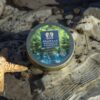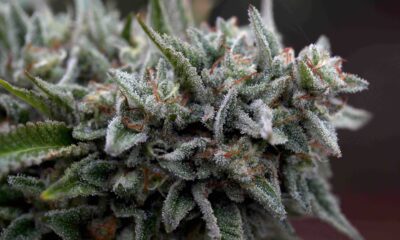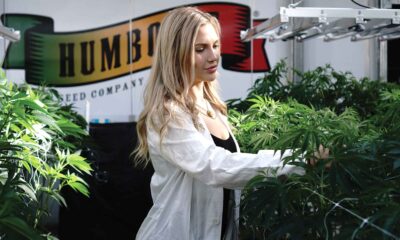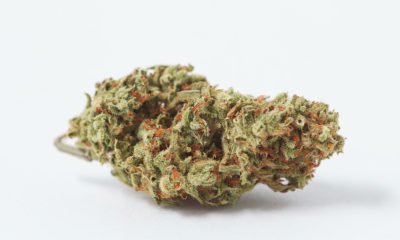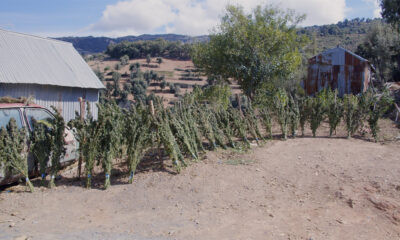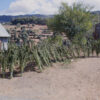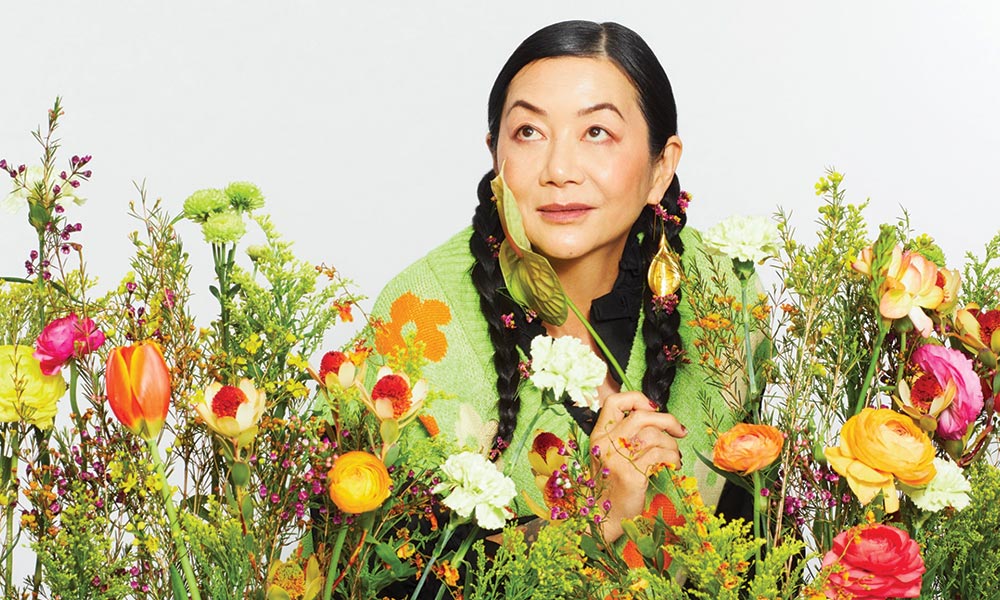
Culture
How Asian Americans for Cannabis Education is Changing the Narrative
Ophelia Chong co-founded Asian American Cannabis Education to break outdated stigmas surrounding cannabis and highlight the achievements of the community.
May is Asian American and Pacific Islander Heritage Month; an opportunity to reflect on the connection between cannabis and Asian culture that spans thousands of years and different continents, from ancient times up to the present day. Asian Americans for Cannabis Education intends to remind you of this fact early and often.
Known as “ma” in Chinese, cannabis has been cultivated on the continent for centuries. Fossil records and genetic studies indicate that the cannabis plant has a long history on the continent. Ancient Chinese texts, such as the Pen Ts’ao Ching (Classic of Herbal Medicine), dating back over two thousand years, mention cannabis as a plant with various applications, including medicinal uses and textile production.
Ancient archaeological sites in Central Asia have revealed cannabis residues and artifacts, evidence of cannabis’ presence on the continent thousands of years ago. One notable archaeological site is the Yanghai Tombs, situated in the Tarim Basin of present-day Xinjiang, China. Excavations at the site revealed well-preserved burial remains dating back some 2,500 years. Among the findings were cannabis plants and seeds, suggesting their cultivation and use during that time.
Another significant discovery occurred in the Jirzankal Cemetery in western China’s Pamir Mountains. Researchers excavating the tombs discovered braziers containing cannabis residue with exceptionally high levels of THC, the psychoactive compound in cannabis. This finding suggests the intentional use of cannabis for its mind-altering properties, making it some of the earliest concrete evidence of cannabis as a drug in human history.

Ophelia Chong, Making Moves
The Asian American cannabis community has played a key part in moving the sector forward with their contributions to tech, design, development and social equality. And there’s no one more respected, revered and unrivalled than Ophelia Chong. The award-winning creative dynamo has helped shape the industry’s visual identity, changing misconceptions and stereotypes associated with cannabis and its users along the way. Chong is a US Cannabis Council (USCC) board member, Cannabis Media Council advisor, Emerald Cup judge, founder of StockPot images and the person to ask if you need an expert’s insight.
Chong’s passion for cannabis extends far beyond business and deep into the fabric of culture and social equity. She has consistently advocated for growing cannabis at home and her website askophelia.com is a hub for those seeking information on navigating “through the fields of cannabis and the forests of mushrooms.”
In 2015, Chong co-founded Asian American Cannabis Education (AACE), a non-profit organization that connects and empowers Asian communities by providing educational support and resources on various cannabis-related matters, including issues, news and policies. Through their initiatives and events, AACE actively promotes awareness and understanding to help break lingering stigmas surrounding cannabis, as well as highlighting the achievements of those within the Asian American cannabis community. AACE holds regular events for its members that, according to Chong, Angela Pih, Head of Marketing at StakeHouse Holdings, named ‘Pot Luck.’ “We had the first one in August 2021, two more in 2022 and one this past February for Chinese New Year’s that Ispire sponsored.”
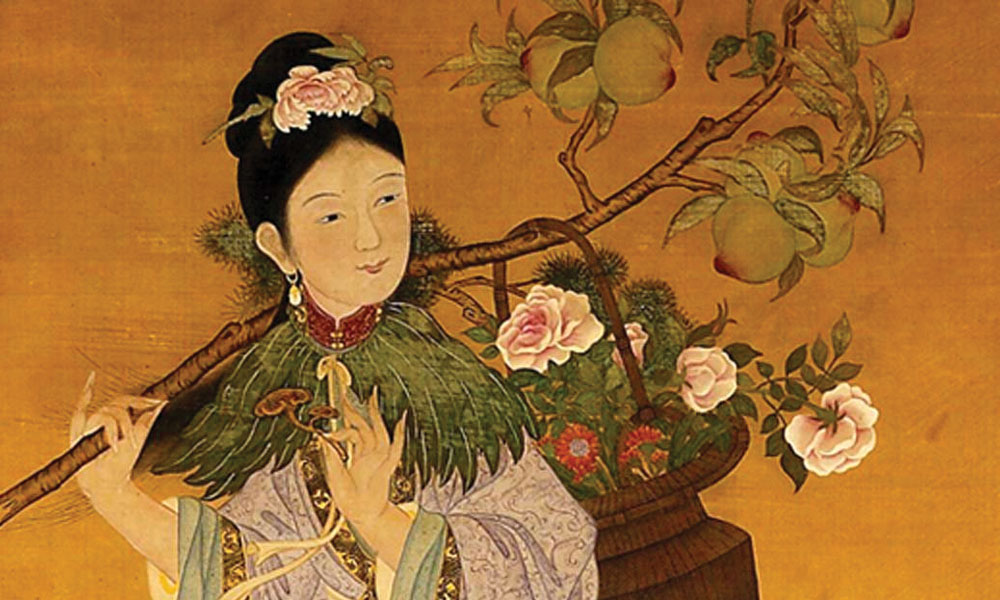
The Problem With Prohibition
Chong says her reason for co-creating Asian American Cannabis Education stemmed from her entry into cannabis back in 2015. “I found that when I entered the cannabis industry, there was no space for me, so I needed to create space for me and people who are like me,” she says. One of Chong’s first surprises with AACE was the discovery that she wasn’t alone. “I didn’t realize there were so many of us,” she says [laughs]. However, she says, it was also hard to find people who were open to freely talking about cannabis and their involvement with it. The stigma associated with cannabis nearly a decade ago was strong—even in Los Angeles—and Chong faced an uphill battle. This was pre-Prop 16, meaning only medical marijuana was legal in California.
“At first, it was very muffled, Chong says. “A lot of people were very cautious about going in. Minorities that were extremely cautious to begin with were now super cautious. And if they were in cannabis, they weren’t talking about it, which is why I created this club to get the ones who were willing to talk about it.”
Throughout Chinese history, cannabis has unsurprisingly held both positive and negative associations. While valued for its practical applications and medicinal properties, cannabis also faced periods of regulation and prohibition. Chong says that part of the challenge with AACE was trying to undo the damage caused by prohibition to a generation of people that began with indoctrination of anti-cannabis propaganda when, in 1985, the People’s Republic of China became a member of the Convention on Psychotropic Substances. The United Nations had previously taken a stance on regulating psychoactive drugs in 1971, classifying cannabis as a narcotic drug and prohibiting its possession or use in traditional Chinese medicine.
“On that list were psilocybin and cannabis—two of the very top plants in our medicine cabinet that traditional Chinese medicine could suddenly never touch again. For some 5000 years, we were using hemp and all this stuff. Well, no more; it’s now illegal. Overnight, a vital part of their culture was stripped away. They—the children of the 1960s—were indoctrinated into the irrational and unfounded fear of cannabis and they, in turn, passed the fear on to their children. When they immigrated to the US, the anti-cannabis messaging and D.A.R.E. all that stuff became part of ‘stay within your own guardrails, don’t go outside the lines’. This all built up the hesitancy of people wanting to be on AACE because of their parents. ‘How can I tell my parents?’ Now, I get people saying, ‘I want to be on AACE’.” Chong puts it down to Confucius’s philosophy of “education, respect for elders, and following the rule of law. It’s ingrained in our DNA,” she says.

The Cast of Friends
Chong says that the greatest thing she’s gained from Asian American Cannabis Education is realizing the lifelong friendships she’s made with people within the cannabis industry. “I’ve been in many industries from film, photography, music and publishing,” she says. “What surprised me is the depth of my friendships in cannabis—not just through AACE, but just how many people I’ve met, that I’ve probably bonded tighter with than we would have in other industries.”
Another thing she’s learned from AACE is a better understanding of what drives people’s passions and how they find these passions. “Yes, the main subject is cannabis, but it’s also taking that risk to be that passionate, and also taking the financial risk of going into cannabis with all the restrictions on it,” Chong says. “You basically can’t make money right now; you just have to be in it for the long run and lose a lot of money to stay in it. Which is very hard if you’re a small brand.”
Chong says that she sees her role in the Asian American cannabis community as a mentor, a mother, a grandmother figure. “I keep checking in on people to make sure they’re OK,” she says. “Right now, we need to do that because the market is so tenuous; everyone’s job is on a thread. Everyone’s brand is hanging by a thread. And what you need to do is check-in and make sure everyone’s OK.”
While the current play of California’s cannabis industry remains challenging, to say the least, Chong does see some. “What I see in the future for Asians and cannabis is to just keep working relentlessly and continue to innovate and think out of the proverbial box.”




